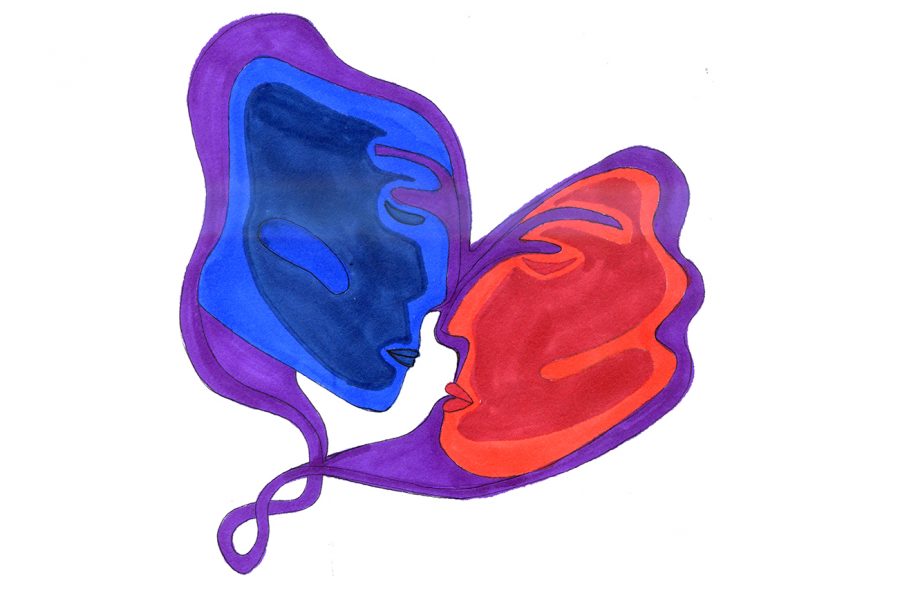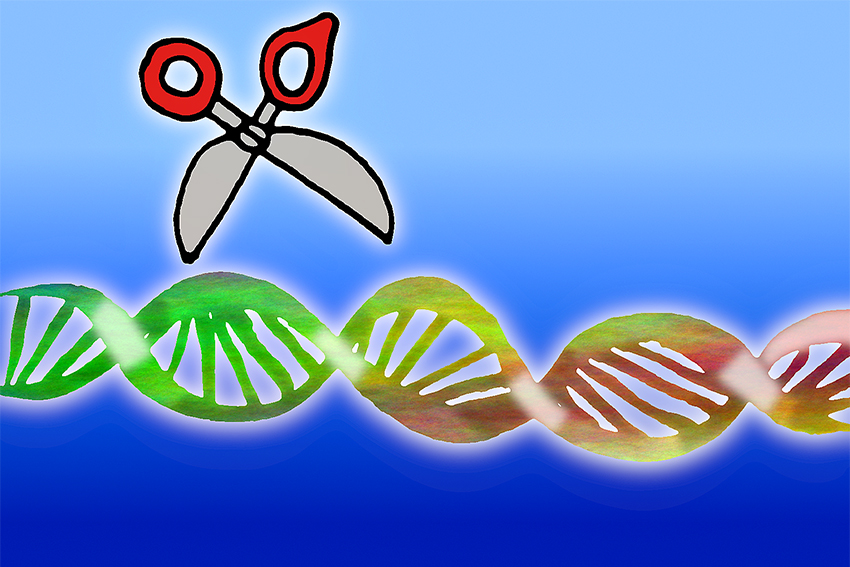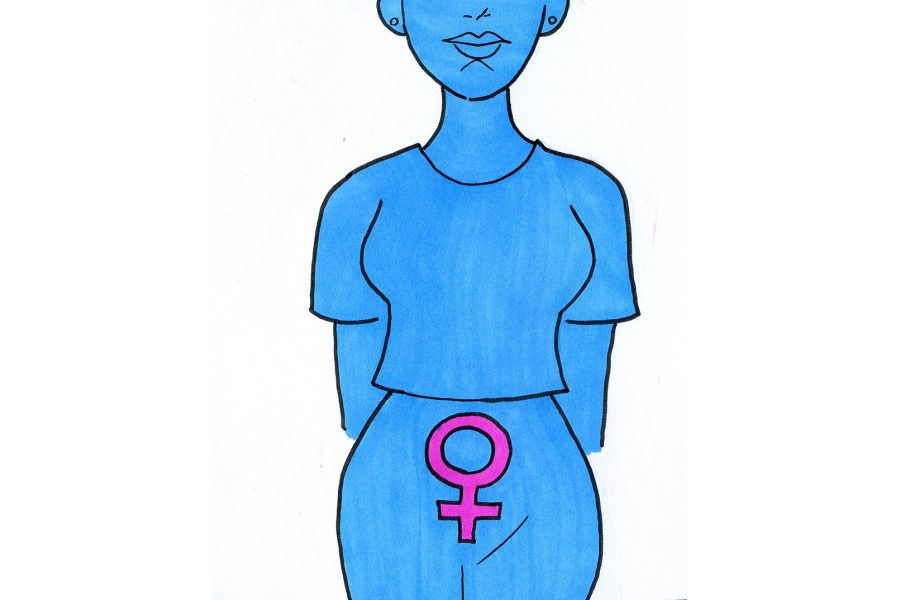When you’re in a relationship with a person long enough, you might start to act like them. Courtney Walsh, a human development and family sciences graduate student, published research this year in the journal Self and Identity on how couples fuse their individual identities into a single couple’s identity. This is one of the first studies to examine identity fusion within couples rather than groups.
The study showed that some couples develop new characteristics like those of their partners after sharing experiences with each other.
“Each individual has a personal identity and an understanding of who they are,” Walsh said. “When individuals enter into relationships and become increasingly committed, they develop an identity as a couple, and we were interested in what that identity might look like.”
The study was a longitudinal survey following newlywed couples that started from the first six months of their marriage and continued over the course of three years. Psychology professor William B. Swann said the identity fusion that couples experienced in the study was an emotional connection.
“Fusion involves the union of one’s personal self with the partner, which is a more profound and emotional form of alignment than merely identifying with a partner,” said Swann.
The newlyweds individually reported the extent to which they were blending their unique personal selves to create this couple identity, Walsh said. Lisa Neff, associate professor of human development and family sciences and co-author of the study, added that a person may be overshadowed by their partner or their partner’s identity can dominate over their own.
“In some cases, people may perceive that their couple identity is imbalanced. They may think their own identity is a bit lost in the couple and their partner dominates (referred to as eclipsed),” said Neff.
Walsh used daily diary surveys to look at how attentive people were at tracking their partner’s day-to-day negative behaviors. The surveys revealed that the couples who identified more with their partner may have ignored some negative behaviors, such as being critical or impatient.
“We found that (when) people said that they felt more merged with their partner, they were less likely to be tracking their partner’s day-to-day negative behaviors,” said Walsh.
The study also found that couples who experienced more identity fusion also were able to handle fights more effectively. Open communication rather than retaliation is an example of a pro-relationship way to handle conflict.
“We found that partners that felt more fused responded to conflict in a more constructive, pro-relationship way”, said Walsh.
For couples with an imbalanced identity fusion, individuals engaged in self-protective rather than relationship-promoting behaviors. This involved partners actively seeking out negative traits in each other, said Neff.
“For instance, when people feel eclipsed, they tend to feel less secure in the relationship,” Neff said. “As a result, they tend to be very hypervigilant for their partner’s negative behaviors — almost like they are always scanning their relationship for any signs of problems.”
A sense of equality in a relationship, with both individuals making decisions, plays an important role in people feeling confident and secure within a relationship, said Walsh.
“Relationship partners are not mind readers, so each person must communicate their needs to each other,” Swann said. “The flip-side is that people must be receptive when their partners communicate their needs.”





















